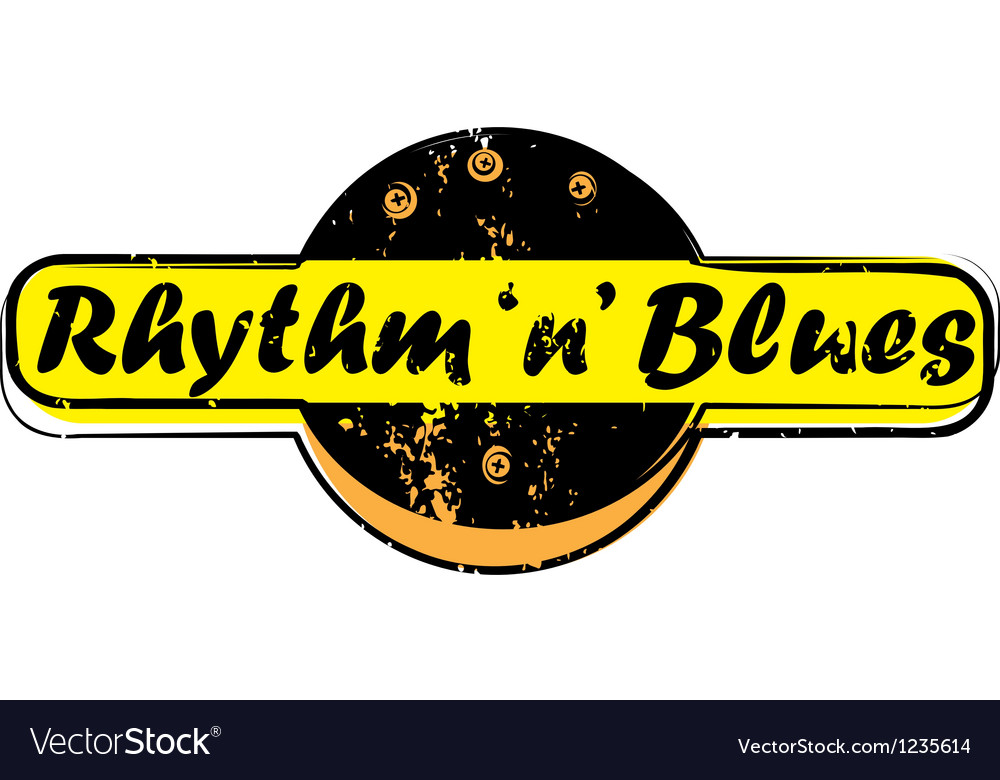Rhythm & blues (R&B) music is a genre that emerged in the 1940s and 1950s, blending elements of blues, jazz, and gospel music. Known for its soulful vocals, rhythmic grooves, and often romantic themes, R&B has had a profound influence on popular music worldwide.
Key Characteristics of R&B Music
- Melodic vocals: R&B often features expressive and soulful vocals, often incorporating melismas and vibrato.
- Rhythmic grooves: R&B music is characterized by its driving rhythms, often featuring a steady bassline and rhythmic guitar accompaniment.
- Harmonic complexity: R&B music often features complex chord progressions and harmonic changes, influenced by jazz and blues.
- Romantic themes: R&B songs often explore themes of love, heartbreak, and relationships.
The Birth of R&B
R&B emerged in the 1940s and 1950s as a fusion of blues, jazz, and gospel music. Early R&B artists, such as Ray Charles, Fats Domino, and Little Richard, helped to establish the genre and popularize its sound.
The Golden Age of R&B
The 1960s and 1970s were a golden age for R&B music, with the emergence of artists like Otis Redding, Aretha Franklin, and Marvin Gaye. These artists defined the sound of R&B and helped to bring the genre to a wider audience.
The Evolution of R&B
R&B has continued to evolve over the years, incorporating elements of other genres such as funk, soul, and disco. Contemporary R&B artists, such as Beyoncé, Bruno Mars, and The Weeknd, have pushed the boundaries of the genre and brought it to a new generation of fans.
The Influence of R&B
R&B has had a profound influence on popular music, particularly soul, funk, and disco. Many rock and pop artists have also been influenced by R&B, incorporating its soulful vocals and rhythmic grooves into their music.
Would you like to know more about a specific R&B artist or era?



